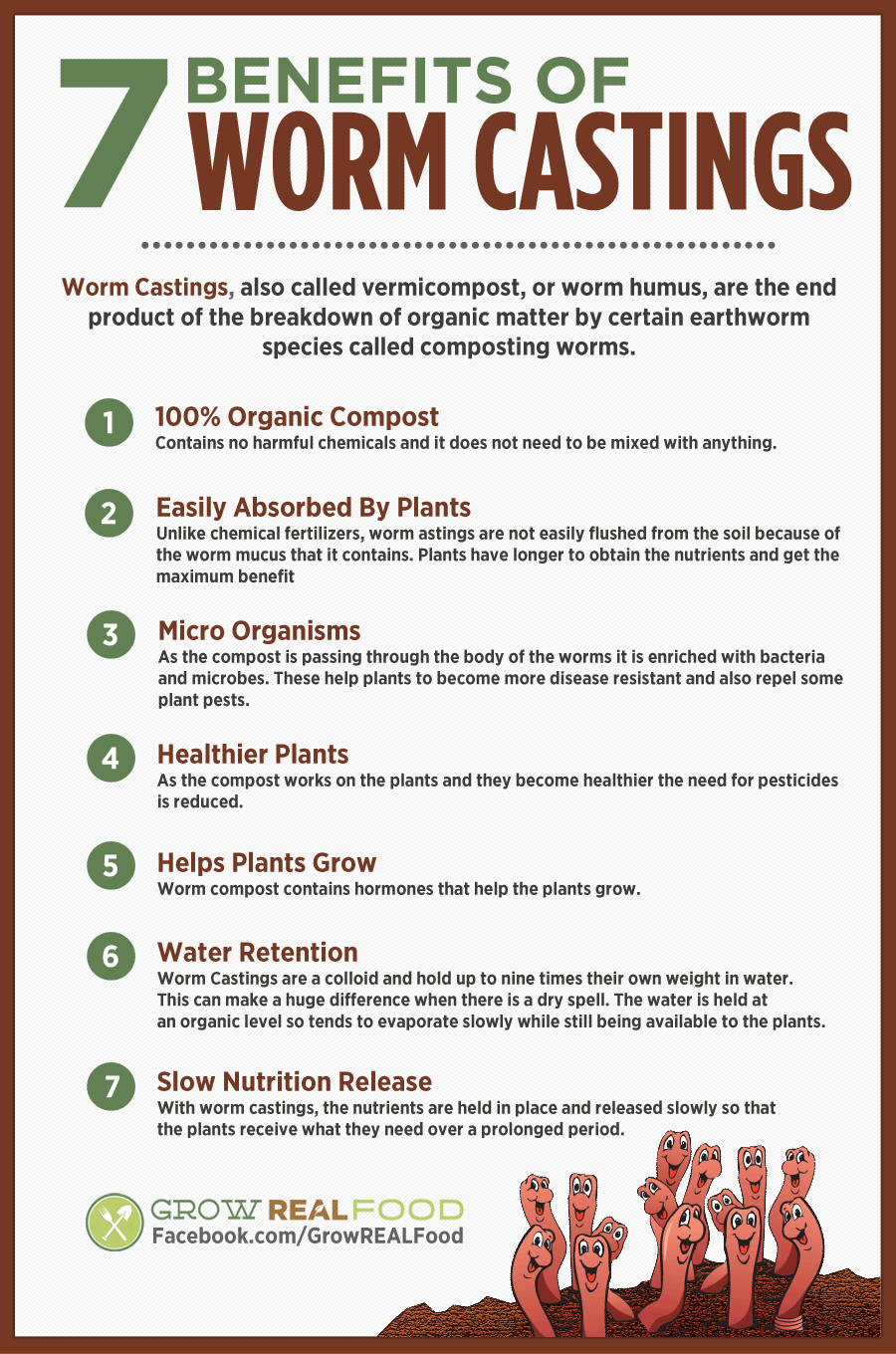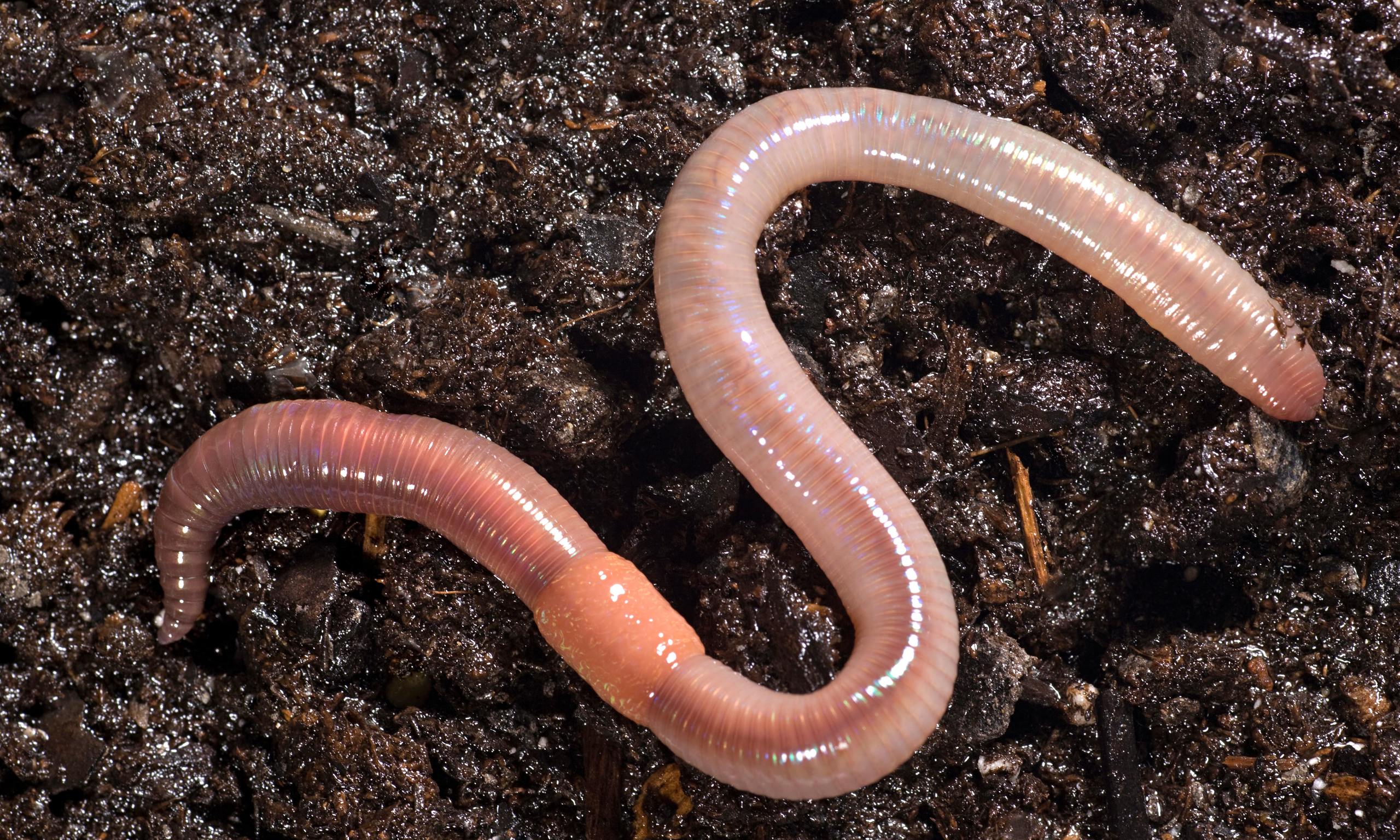The smart Trick of North Carolina Worms That Nobody is Talking About
The smart Trick of North Carolina Worms That Nobody is Talking About
Blog Article
What Does North Carolina Worms Mean?
Table of ContentsSee This Report about North Carolina WormsSome Of North Carolina WormsThe Basic Principles Of North Carolina Worms 3 Simple Techniques For North Carolina Worms
Example: 1-gallon of worm spreadings to 4 gallons of potting mix. Do NOT use a potting mix that has chemical plant foods in it. Read the labelit will certainly say. 1/2 mug in all-time low of the planting opening for smaller plants. 1 cup for bigger plants. ie. tomatoes, eco-friendly peppers, summer season squash, and so forth.
The enhancement of tea can also include increased microbial biomass to your soil. You can constantly side-dress your plants with worm spreadings at any moment. Simply keep in mind, the microorganisms will certainly die if exposed to UV rays (Sunlight), so be sure to cover the spreadings with an inch or two of dirt.
This frustrated them for years till the testing approaches became better. It would certainly obtain better(with even more spreadings), level off, and then decrease. Also numerous worm spreadings would certainly increase the development to a pace that the plant can not recover from.
The Ultimate Guide To North Carolina Worms
I have expounded the merits of worm spreadings for concerning 2000 words. Worm spreadings are no different. It takes time to create quality worm castings.
Worm spreadings certainly set you back more than chemical fertilizers. Worm spreadings are on the less expensive end of natural fertilizers. (50 gallons per year) It is a much harder and really costly financial investment to create large quantities of worm castings.

Producing a healthy and balanced soil might be the biggest advantage of worm castings. We reviewed worm castings NPK and additionally the proper nutrient evaluation that ought to use to worm castings.
Our North Carolina Worms Statements
We talked about some of the drawbacks connected with worm castings. I covered a great deal of material in this short article.
The upright burrows are commonly open, although the worms cap the leading with deposit and waste matter. Roots need oxygen for their growth, whereas they produce carbon dioxide that needs to leave the dirt.
Earthworms boost porosity by 2 systems: (1) by developing permanent burrows, and (2) by improving dirt gathering. Aggregation is boosted by the blending of soil and organic issue in the earthworms' digestive tracts. Lake Rhodhiss Bait. These extremely stable accumulations are deposited by some earthworms in their burrows, and by others at the surface of the dirt


In another study, earthworms were estimated to take in 4 to 10 percent of the leading 6 inches of the dirt each year. This only mosts likely to show the enormous amounts of soil that can be processed by earthworms. Soil compaction minimizes the porosity of the dirt. Since earthworms raise porosity, they lower the effects of compaction.
How North Carolina Worms can Save You Time, Stress, and Money.
Typical earthworm populaces can quickly consume 2 loads of dry issue per acre annually, partly digesting and blending it with soil. The significance of earthworms to blend surface area residue with soil becomes really clear in soils that do not have any earthworms. Many of our Pennsylvania dirts have at the very least some earthworms, and the impact of their complete lack, for that reason, can not be noted.
(https://globaldir.org/North-Carolina-Worms_318719.html)In these soils, the formation of topsoil with affordable natural matter material did not happen, leading to bad crop growth. When the cause was established, the government of the Netherlands started a project to present earthworms. After the intro of the earthworms, a dark topsoil layer was developed, and plant growth enhanced significantly.
They live mostly from partially disintegrated organic matter that is already included in the dirt. They consume their method with the soil, creating straight burrows that they loaded with their excrement. These species ingest huge quantities of dirt that they blend with absorbed crop residue in their digestive tracts. or anecic types live in long-term upright burrows that can be 5 or 6 feet deep.
These types consume considerable quantities of soil that they blend with digested deposit in their digestive tracts. Their waste matter is mostly deposited at the surface area of the soil.
Report this page